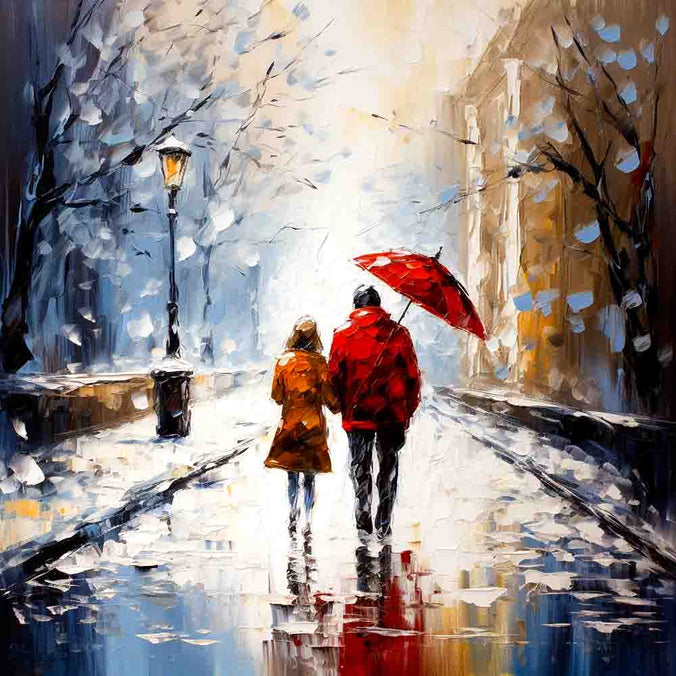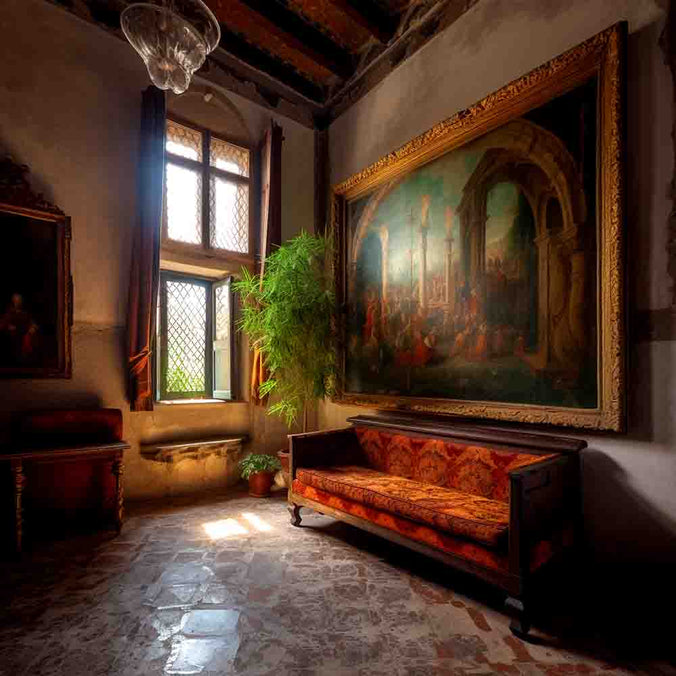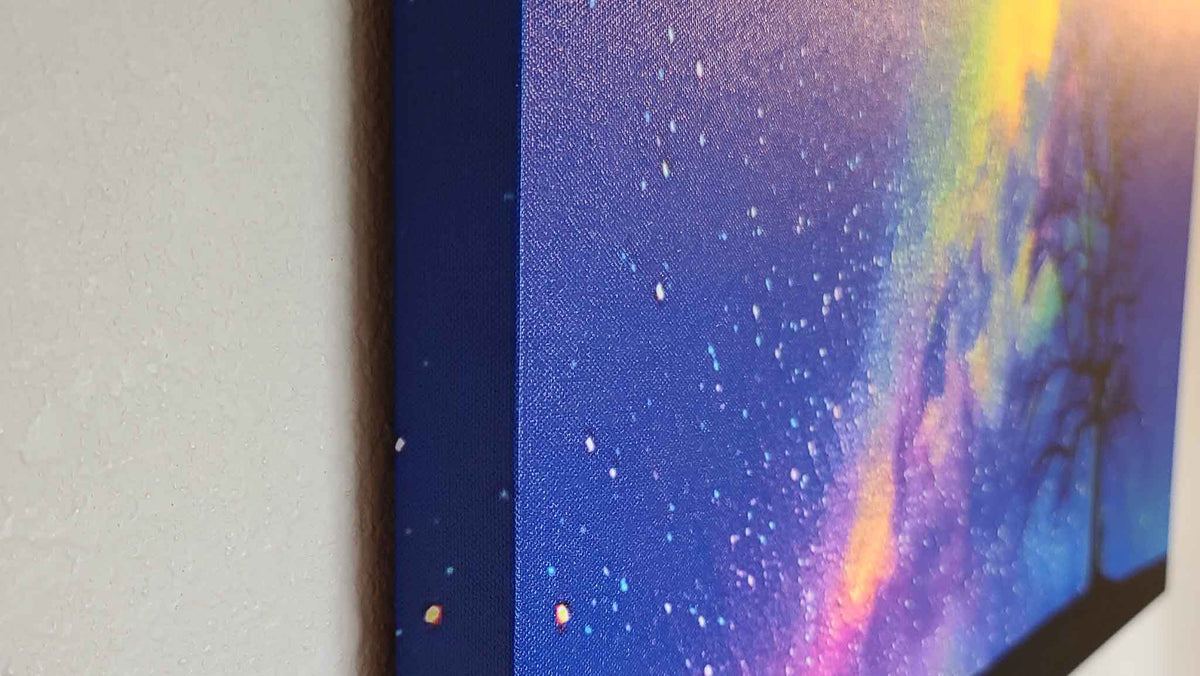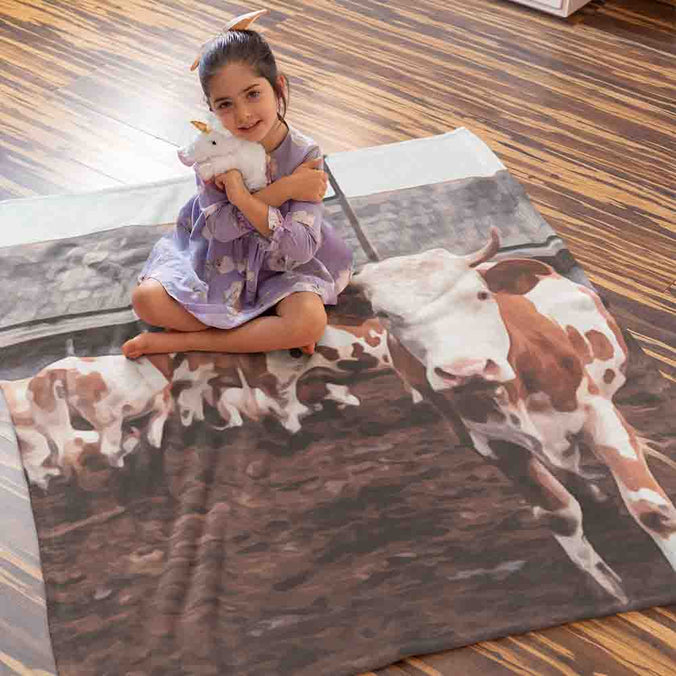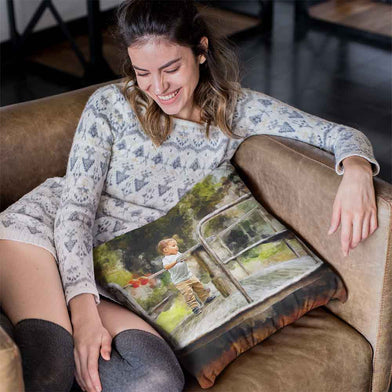The Connection Between Art and Emotions

The Connection Between Art and Emotions
Color can be used to evoke emotion
In art, color can represent many different emotions. Blue, for example, may invoke feelings of depression, while yellow may invoke feelings of happiness. The combination of colors can create a mood in the viewer and help set the tone for the artwork. Experimenting with color palettes can help determine which combinations evoke the desired emotion in viewers.
Various colors can evoke different feelings:
- Blue: sadness, aloofness, power, freedom, nostalgia, spiritual perspective
- Red: energy, anger, comfort, love, romance, excitement
- Orange: optimism, friendliness, happiness
- Black: authority, power, death, loneliness, darkness, mourning
- Grey: neutrality, sadness
- White and pink: femininity (in pink's case, masculinity in the past)
Artist's intentions
When an artist creates a work of art, their intention is to evoke an emotional reaction in the viewer. This can be a positive or negative emotion. Artwork can trigger a wide range of responses, from intense joy and contentment to feelings of despair, anger, and frustration. The artist or designer's intentions are vital to the success of the piece.
Art as a catharsis

Collingwood suggests that art should serve as a catharsis, a means to release unseen feelings. By creating work of art, artists can heal themselves from past and present traumas and find a new perspective on difficult or painful situations. In this way, art can help people release emotional tension.
Emotional response depends on the viewer's emotions
The emotional response an artist evokes in the viewer can depend on their previous emotions directed toward the content. For instance, if an artist uses color to evoke pain, the viewer may experience pain. But if an artist paints a happy face, it might trigger a feeling of contentment.
Art and emotions in context
The connection between art and emotions can be profound. It can make people laugh, feel angry, feel sad, or feel exhausted. However, a work of art cannot be understood without a context, and an artist's intentions should never be understood without a cultural context. In addition, art can be used as propaganda and detract from the power of a state.
Understanding the connection for meaning
Understanding the connection between art and emotions can shed light on the meaning of art. By understanding the emotional response of an artwork, it can be determined whether a work is a work of art and how to make it evoke emotions in viewers. Thus, defining art by its content is a futile exercise.
Art is a powerful medium that transcends language, culture, and time. It has the ability to evoke a wide range of emotions and connect people from diverse backgrounds. Understanding the connection between art and emotions is essential to appreciating the true value and impact of art in our lives.
As artists utilize color, technique, and their own intentions to create emotionally charged pieces, viewers experience various emotions that add depth and meaning to the art. The relationship between art and emotions is an essential aspect of human expression and serves as a catalyst for communication and understanding.
In conclusion, embracing the connection between art and emotions allows us to appreciate the beauty of artistic expression and encourages us to empathize with others. It can inspire us, heal us, and bring people together in a shared emotional experience. Art has the power to uplift, transform, and unite, making the world a richer and more vibrant place.
Leave A Reply
Your email address will not be published. Required fields are marked *
